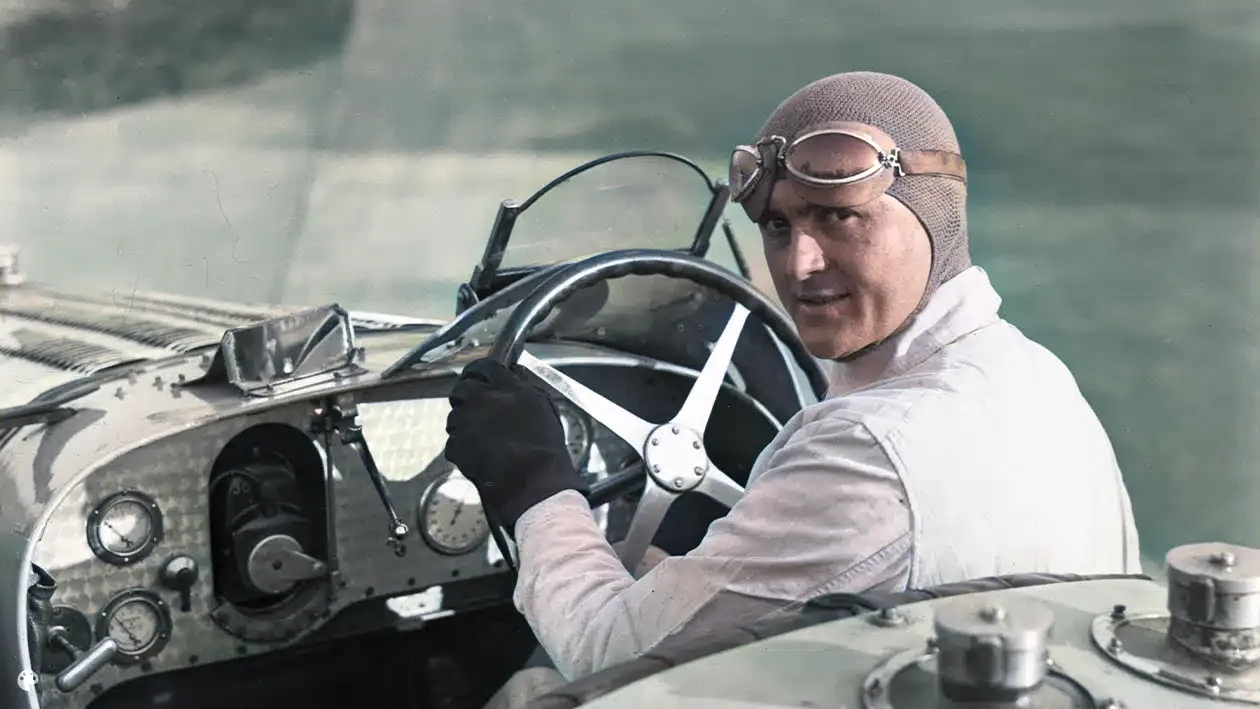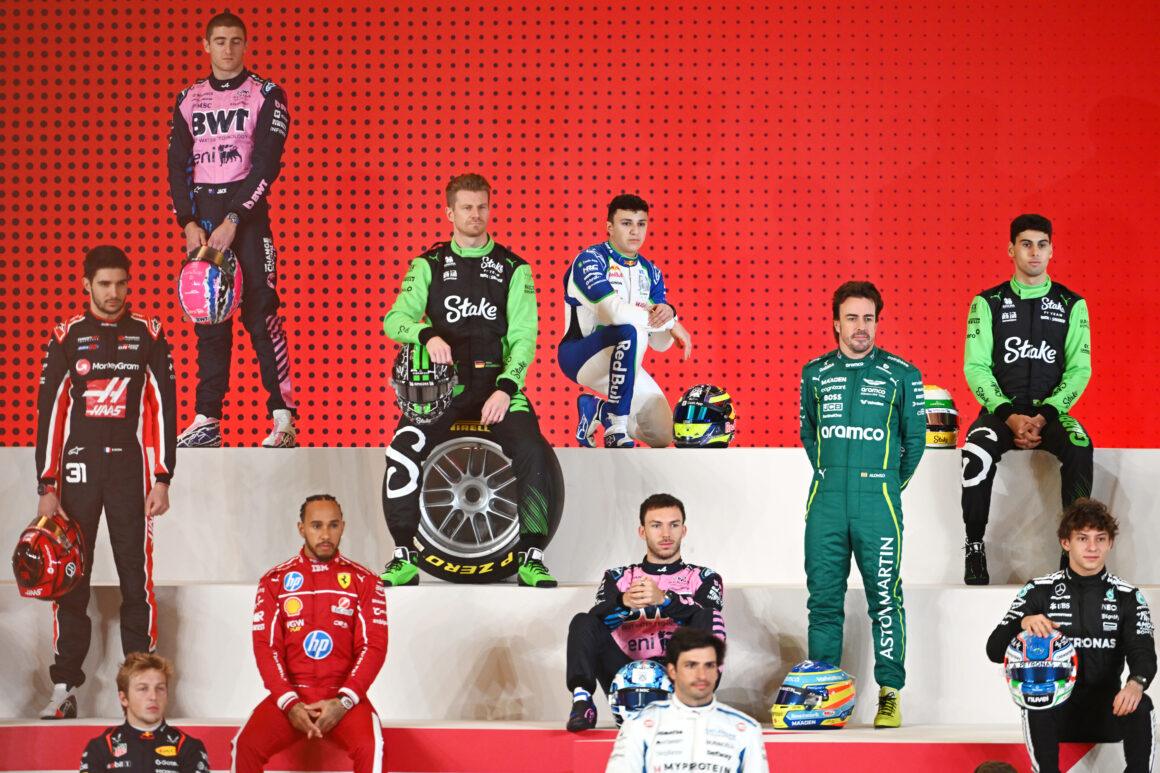Let’s cut through the smoke. The benchmark for “oldest Formula 1 driver” is Louis Chiron. He started the 1955 Monaco Grand Prix at roughly 55 years old, a record that makes modern sports science look like a polite suggestion. Chiron didn’t just show up; he did it at Monaco, the track that punishes hesitation like a judge with no sense of humor.
Behind him are other ironmen of the pre-carbon era: drivers like Luigi Fagioli and Rudolf Schoeller who kept suiting up past 50. These weren’t ceremonial laps. This was when steering wheels tried to break your wrists and circuits had the safety standards of a back-alley street race. File this under: Ruthless.
The modern ceiling: Alonso’s war on time
Fast-forward to the present. The oldest active force on the grid is Fernando Alonso, born July 29, 1981. He was the oldest in 2023 and remains the living proof that elite racecraft ages like Spanish oak. Started in 2001. Left. Came back. Still makes kids in F2 rethink their life plans. Alonso didn’t just win, he once sent everyone else back to karting school.
Could anyone beat Chiron’s record today? Not a chance. Fitness is insane now, but the pipeline is younger, teams ruthless, and the calendar brutal. The plot thickens like a team’s excuse list.
Old lions who refused to fade
Fagioli, Farina, and the 50-club flex
Luigi Fagioli is the historical mic drop. In 1951, he won the French GP with Alfa Romeo at around 53. That makes him the oldest Grand Prix winner in F1 history. Somewhere, a PR manager just had a minor stroke trying to spin that into the current youth narrative.
Nino Farina, the first official F1 world champion, also raced deep into his late 40s. Classy technique, iron will, and the kind of smooth car control that would make modern tire whisperers blush. Classic old-school violence, minimal telemetry.
The outliers that still make jaws drop
Louis Chiron didn’t just show up old. He made Monaco his brand, a late-career specialist who turned the Principality into a museum of pain for rookies. Channeling 2016 Mercedes, except nobody asked for that sequel.
Others — like Jack Fairman and Chico Landi — popped up in the late 40s bracket. They weren’t padding stats. They were keeping machinery alive with mechanical sympathy that modern drivers barely need. The competition? Reduced to expensive spectators.
| Driver/Nationality | Age During GP | Grand Prix | |
| 1 | Louis CHIRON | 55y 9m 19d | Monaco 55 |
| 2 | Philippe ETANCELIN | 55y 6m 8d | France 52 |
| 3 | Arthur LEGAT | 54y 7m 20d | Belgium 53 |
| 4 | Luigi FAGIOLI | 53y 0m 22d | France 51 |
| 5 | Adolf BRUDES | 52y 9m 19d | Germany 52 |
| 6 | Hans STUCK | 52y 8m 17d | Italy 53 |
| 7 | Bill ASTON | 52y 4m 5d | Germany 52 |
| 8 | Clemente BIONDETTI | 52y 0m 16d | Italy 50 |
| 9 | Louis ROSIER | 50y 9m 0d | Germany 56 |
| 10 | Rudolf SCHOELLER | 50y 3m 7d | Germany 52 |
| 11 | Felice BONETTO | 50y 3m 4d | Italy 53 |
| 12 | Ernst KLODWIG | 50y 2m 10d | Germany 53 |
| 13= | Piero TARUFFI | 49y 10m 21d | Italy 56 |
| 13= | Chet Miller | 49y 10m 11d | Indy 500 52 |
| 15 | Yves GIRAUD-CABANTOUS | 48y 11m 5d | Italy 53 |
| 16 | Nino FARINA | 48y 7m 6d | Belgium 55 |
| 17 | Chico LANDI | 48y 6m 8d | Argentina 56 |
| 18 | Jack FAIRMAN | 48y 5m 26d | Italy 61 |
| 19 | Al PEASE | 47y 11m 5d | Canada 69 |
| 20 | Edgar BARTH | 47y 6m 7d | Germany 64 |
Why age used to work — and why it barely does now
In the 1950s, experience was king. Cars were heavy, circuits unforgiving, and setup feel meant survival. You didn’t need a gym membership; you needed nerves of tungsten. Older drivers thrived because racecraft mattered more than peak VO2 max.
Today? The sport is faster, cleaner, and more precise. Teams favor youth for long-term development and simulator grind. Margins are microscopic. Reflexes and recovery count. Try 24 races and a PR gauntlet at 50. The heat alone would make Hell consider air conditioning.
Alonso vs history: how far can this go?
Let’s get spicy. Can Alonso become the oldest podium finisher of modern times? He already is in rare air. Can he become the oldest race winner since the 1970s? If the stars align, safety car says hello, and he pulls the trademark late-braking special — the one that makes other drivers question their career choices — don’t rule it out.
But Chiron at 55? Forget it. That record is basically in carbonite. Alonso’s edge is execution, not longevity alone. Lights out and away we… oh wait, Alonso already read the race 10 laps ahead.
The greatest “oldest” milestones that still matter
- Oldest F1 driver to start a World Championship GP: Louis Chiron, ~55 (Monaco 1955)
- Oldest Grand Prix winner: Luigi Fagioli, ~53 (France 1951)
- Oldest World Champion: Nino Farina, ~43 (1950 season)
- Oldest points scorers (modern era): Alonso, still stacking receipts in his 40s
Old minds, sharp knives: what veterans really bring
Racecraft and tire voodoo
Veterans win with brains. They manage tires, read air, and torture rivals into errors. Track position becomes art. The wind plays favorites? Apparently it’s an Aston Martin fan — they ride it anyway.
Defending lines, baiting DRS, and surviving chaos is where older drivers cash checks. That’s why the garage still leans forward when Alonso tightens his belts. Somewhere, Grosjean is taking notes.
The garage whisperers
Older drivers also translate car behavior into development gold. “Rear instability mid-corner, third phase.” Engineers purr. Young chargers bring pace; veterans bring direction. It’s how teams turn updates into points instead of glossy renders.
So, who actually makes the Mount Rushmore of age?
Simple. Chiron for the record. Fagioli for winning old. Farina for champion old. And Alonso for modern-era relevance past 40. Add honorable mentions like Fairman, Landi, and Schoeller for showing the door never truly shut on late bloomers.
The rest? Collecting disappointments like they’re Pokemon cards any time they try to copy the template without the talent. Bold strategy: let’s do exactly what lost us the last three races.
FAQ snapshot: oldest F1 driver, explained
Who is the oldest F1 driver ever to start a Grand Prix? Louis Chiron at about 55, Monaco 1955. Record looks untouchable.
Who is the oldest Grand Prix winner? Luigi Fagioli, roughly 53, French Grand Prix 1951. That’s not a typo.
Who is the oldest current driver? Fernando Alonso, born 1981, still dishing out pain and points.
Final lap
Age doesn’t guarantee wisdom. But in F1’s nastiest corners, wisdom often guarantees survival. Chiron set the ceiling. Fagioli proved you can still win up there. Alonso keeps the flame alive in the carbon-fiber era.
The sport worships youth. The stopwatch doesn’t care. The legends? They made time blink first.
The Age Spectrum of F1 Drivers in the Current Season
The 2023 F1 grid showcases a diverse range of ages, with drivers born as early as 1981 and as late as 2001.
This wide gap demonstrates the sport’s ability to accommodate both fresh talent and seasoned veterans, making for an exciting and unpredictable racing environment.
Unveiling the Oldest F1 Driver on the Grid
The oldest driver on the F1 grid for the 2023 season is none other than the Spanish legend, Fernando Alonso. Born on July 29, 1981, Alonso started the season at the ripe age of 41 and will turn 42 before the season’s end.
After making his debut in 2001 with Minardi, Alonso took a two-year hiatus from the sport before returning to the grid with Alpine in 2021.
Oldest F1 Drivers in records History
Throughout Formula One’s history, several drivers have defied age and continued to compete at the highest level. Here’s a look at some of the oldest F1 drivers:
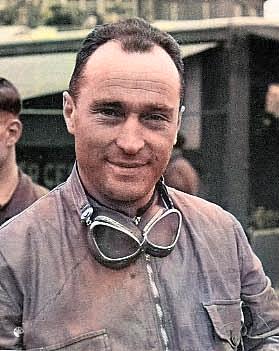
Luigi Fagioli, born in 1898, is the only World Championship race winner born in the 19th century.
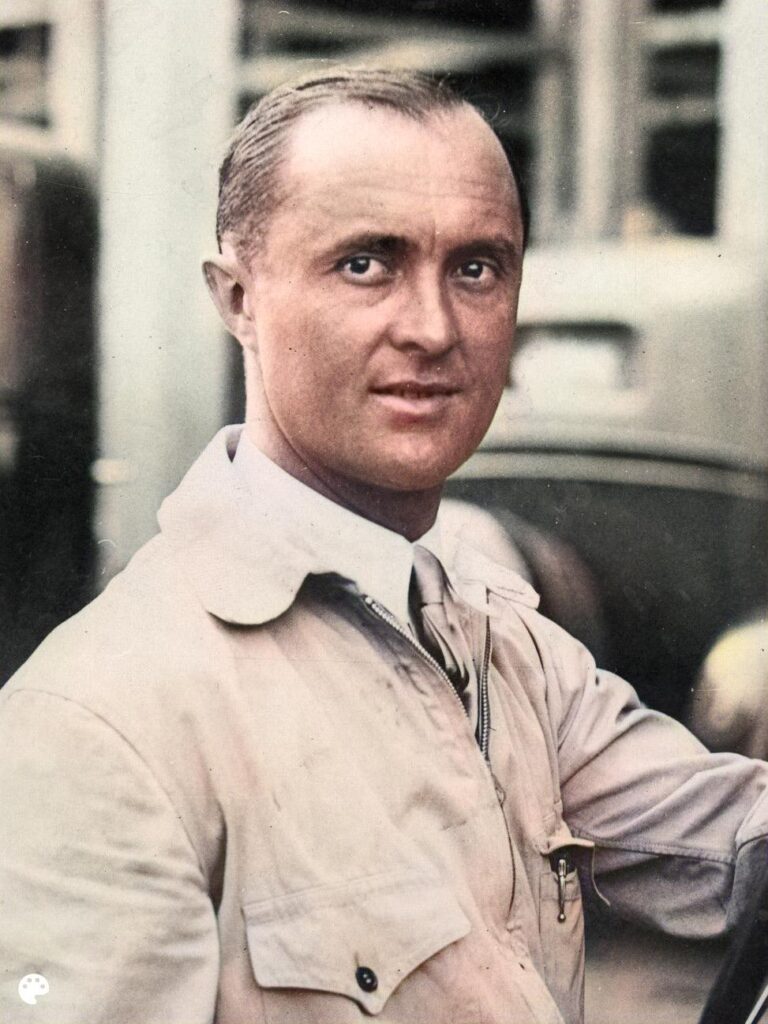
Louis Chiron, who raced until 1958, was 58 years old when he participated in his last Grand Prix.

Oldest driver to win a race: Luigi Fagioli, who won the 1951 French Grand Prix at the age of 53.
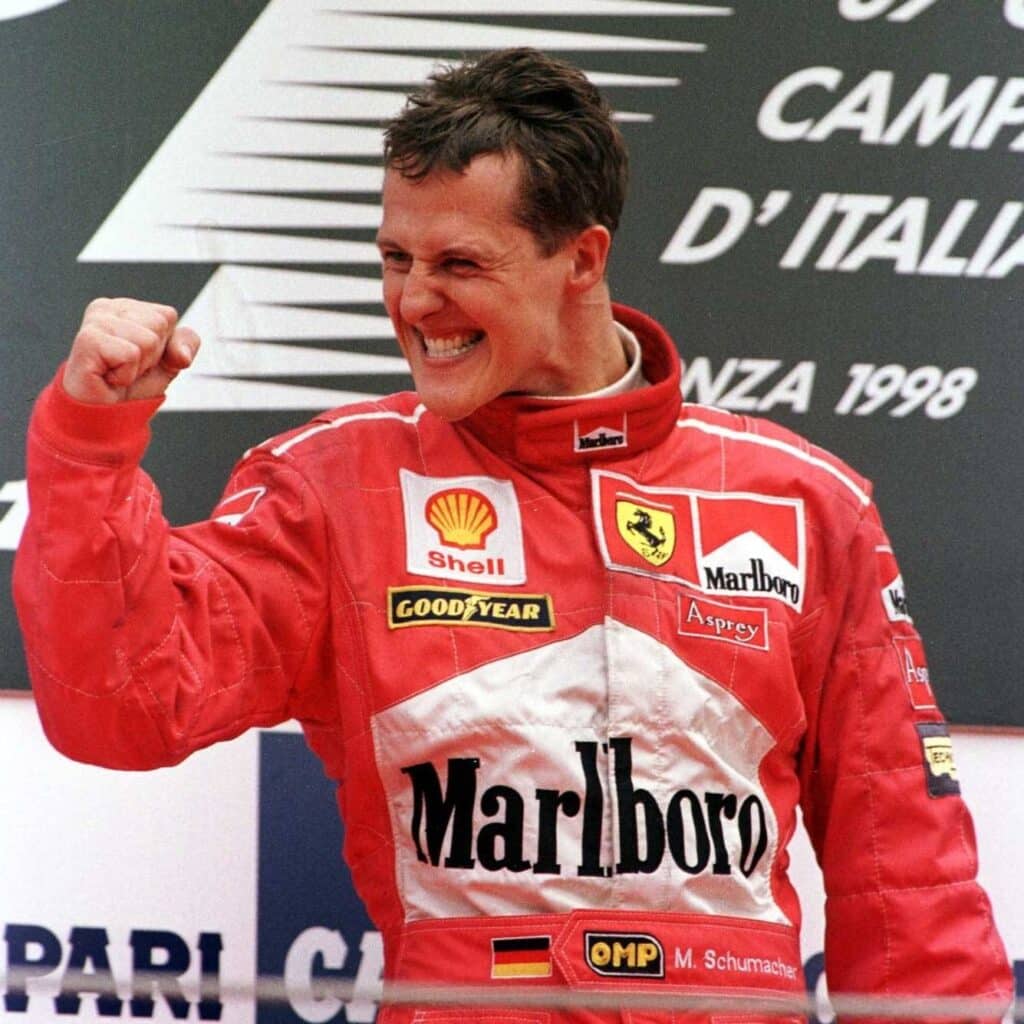
Oldest driver to secure a pole position: Michael Schumacher, who was 43 years and 144 days old when he set the fastest time in qualifying for the 2012 Monaco Grand Prix.

Oldest driver to score a podium finish: Luigi Fagioli, who finished third in the 1951 Belgian Grand Prix at the age of 53.
